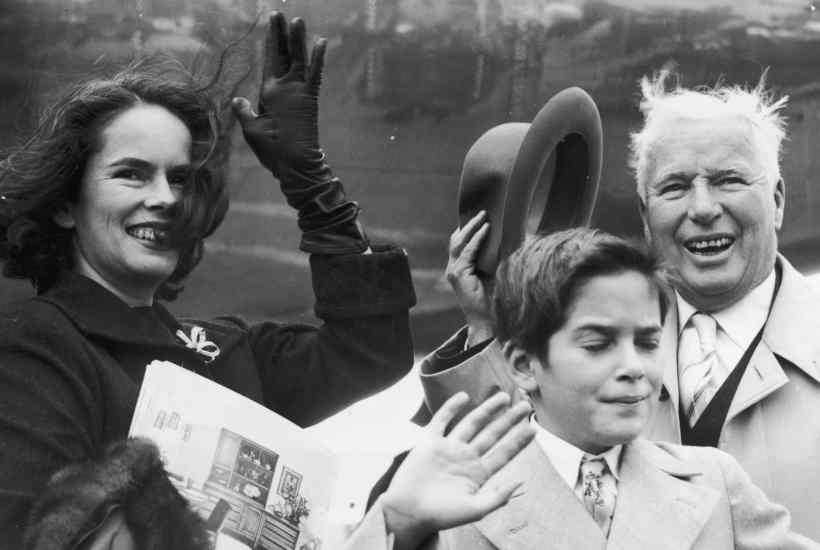Eleven years ago, I was summoned to the Manoir de Ban, a huge white house overlooking Lake Geneva, to meet Michael Chaplin, Charlie Chaplin’s oldest surviving son. Charlie Chaplin had lived here for the last 24 years of his life. Now the house was empty, and the family wanted to turn it into a museum.
Already a subscriber? Log in
Subscribe for just $2 a week
Try a month of The Spectator Australia absolutely free and without commitment. Not only that but – if you choose to continue – you’ll pay just $2 a week for your first year.
- Unlimited access to spectator.com.au and app
- The weekly edition on the Spectator Australia app
- Spectator podcasts and newsletters
- Full access to spectator.co.uk
Or




















Comments
Don't miss out
Join the conversation with other Spectator Australia readers. Subscribe to leave a comment.
SUBSCRIBEAlready a subscriber? Log in